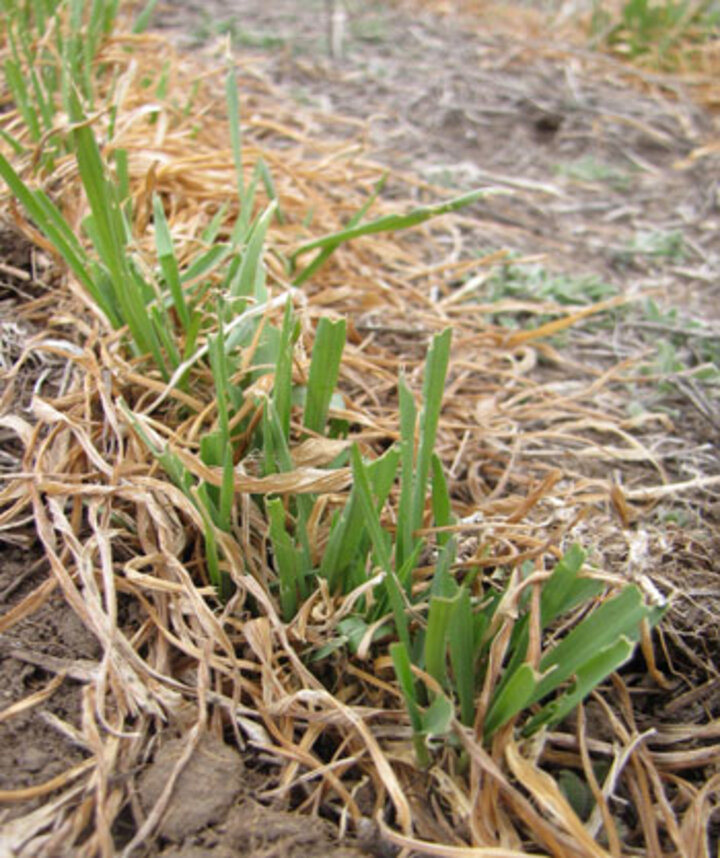
Figure 2. Feeding damage from army cutworm on winter wheat plants just south of North Platte in Lincoln County, Nebraska. (Photo by Julie Peterson)

Figure 3. A field of wheat in the spring of 2013 in Scotts Bluff County that suffered from a stand reduction resulting from a combination of drought and army cutworm feeding.
Army cutworms have been reported at damaging levels in winter wheat fields in several parts of west central Nebraska in the past week. These reports include fields from the northeast corner of Dundy County (near the Hayes County line), just south of North Platte in Lincoln County, to near Beaver City in Furnas County. Damaging populations of army cutworms in alfalfa and wheat also have been reported in northwest Kansas this year.
Army cutworm larvae are greenish-brown to greenish-grey caterpillars, approximately ½ to 2 inches in length (Figure 1).

Feeding damage from army cutworm larvae can vary from grazing leaf tips and chewing on the sides of wheat seedlings (Figure 2) to complete stand reduction (Figure 3). The grower from Lincoln County also reported seeing higher than usual bird activity in his fields, especially in the early morning; birds will often feed on army cutworm larvae when they are in high numbers. Scouting for cutworm within this specific field indicated approximately five larvae per square foot, and the recommendation was made to apply an insecticide treatment.
As mentioned in the March 28 CropWatch article, winter conditions in western Nebraska this year have been conducive to the overwintering of some insects, including the army cutworm. This is the most damaging cutworm in western Nebraska. Economic damage from other cutworms, such as the pale western cutworm, dark-sided cutworm, and variegated cutworm, is rare. The army cutworm damages alfalfa, wheat, and sugarbeet as well as various rangeland grasses.
Scouting and Management
See the March 28, 2014 CropWatch article for scouting and treatment recommendations, including a table of insecticides labeled for cutworm control in alfalfa and wheat and their modes of action.
Julie Peterson
Extension Specialist, West Central REC
Jeff Bradshaw
Extension Specialist, Panhandle REC
4/10/14
